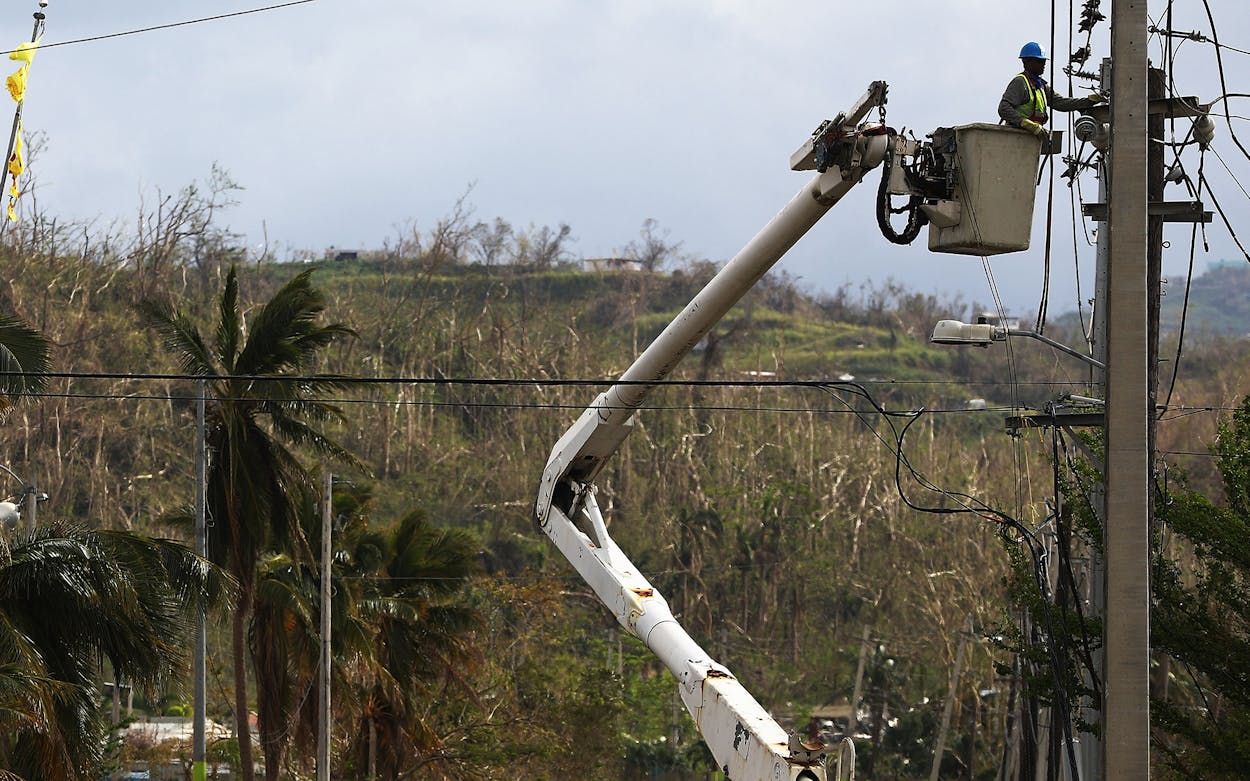Liquified Natural Gas Remakes Global Energy Markets
“A swell of gas in liquefied form shipped from Texas and Louisiana is descending on global markets, producing a broader glut and lower energy prices,” reports the New York Times. The shale gas boom in Texas and nationwide has exceeded demand stateside and turned the U.S. from an importer to an exporter, which moves the country closer to energy independence. Though the U.S. only began exporting large quantities of liquified natural gas (LNG) in 2016, the country’s export capacity is growing. This raises the United States’ profile among other exporters, including Russia and Qatar, and gives the federal government more foreign policy leverage. Jason Bordoff, the director of Columbia University’s Center on Global Energy Policy and former energy adviser to President Obama states:
“The transition of the U.S. to one of the world’s largest gas exporters has very significant economic, environmental and geopolitical implications.”
The impact of the natural gas boom can already be seen in Mexico. More than a quarter of that country’s electricity is powered by American gas, according to the Times. A significant portion of that flows in via pipelines from Texas gas fields, though the country does also import LNG. Four more cross-border pipelines are scheduled to come online in the next two years. The Hill notes that Mexico, with its onshore rig count down to one and its domestic production in decline, will grow increasingly dependent on U.S. gas.
Fluor Receives a $240 Million Contract to Bring Power Back to Puerto Rico
With a newly assigned $240 million contract from the U.S. Army Corps of Engineers, Irving-based engineering and construction company Fluor will be working to restore the power grid in Puerto Rico. More than a month after Hurricane Maria, struck the island, approximately 86 percent of the territory is still without power, says the Dallas Morning News. The Category 4 storm caused massive devastation across the entire island, knocking out power for all utility customers initially.
“An outdated, aboveground power grid coupled with a comparative shortage of utility workers have hobbled efforts to restore power,” reports NPR. In addition, there are financial complexities: the Puerto Rico Electric Power Authority—as well as Puerto Rico as a whole—recently filed for bankruptcy. The island is facing a $5 billion bill to repair its power grid.
In its news release, FEMA stated only that Fluor will “augment current restoration activities.” The company’s own press release indicated that the six-month contract includes equipment evaluation and repair, as well as work towards the re-energization and recommissioning of substations and switching stations. Fluor has a fifty-year presence in Puerto Rico and designed and built the island’s first oil refinery in 1955.
Jeff Bezos Opens Amazon Wind Farm Texas
This week Jeff Bezos christened Amazon’s new 253-megawatt renewable-energy project in Snyder—Amazon Wind Farm Texas—smashing a champagne bottle against the top of a 300-foot-tall wind turbine. He announced the wind farm’s opening in this eye-popping tweet, which captures the christening in action-movie-style footage:
Fun day christening Amazon’s latest wind farm. #RenewableEnergy pic.twitter.com/cTxeXdsFop
— Jeff Bezos (@JeffBezos) October 19, 2017
The wind farm in Scurry County, Amazon’s eighteenth renewable-energy project, includes more than one hundred turbines, with rotors twice the size of a Boeing 787’s wingspan. Built and operated by Lincoln Clean Energy, the site will generate 1 million megawatt hours of energy a year for the power grid. This is enough to bring electricity to close to 90,000 homes, says the company. Kara Hurst, the organization’s director of sustainability, states the project brings Amazon one step closer to its ultimate goal of powering their global infrastructure using renewable energy. According to ABC, with the addition of the Snyder wind farm, the company sources about 50 percent of its power from renewables.
As a thank you to locals for their cooperation, Amazon will donate $50,000 to the Snyder Education Foundation, to provide STEM learning opportunities.
- More About:
- Energy
- Wind Power






